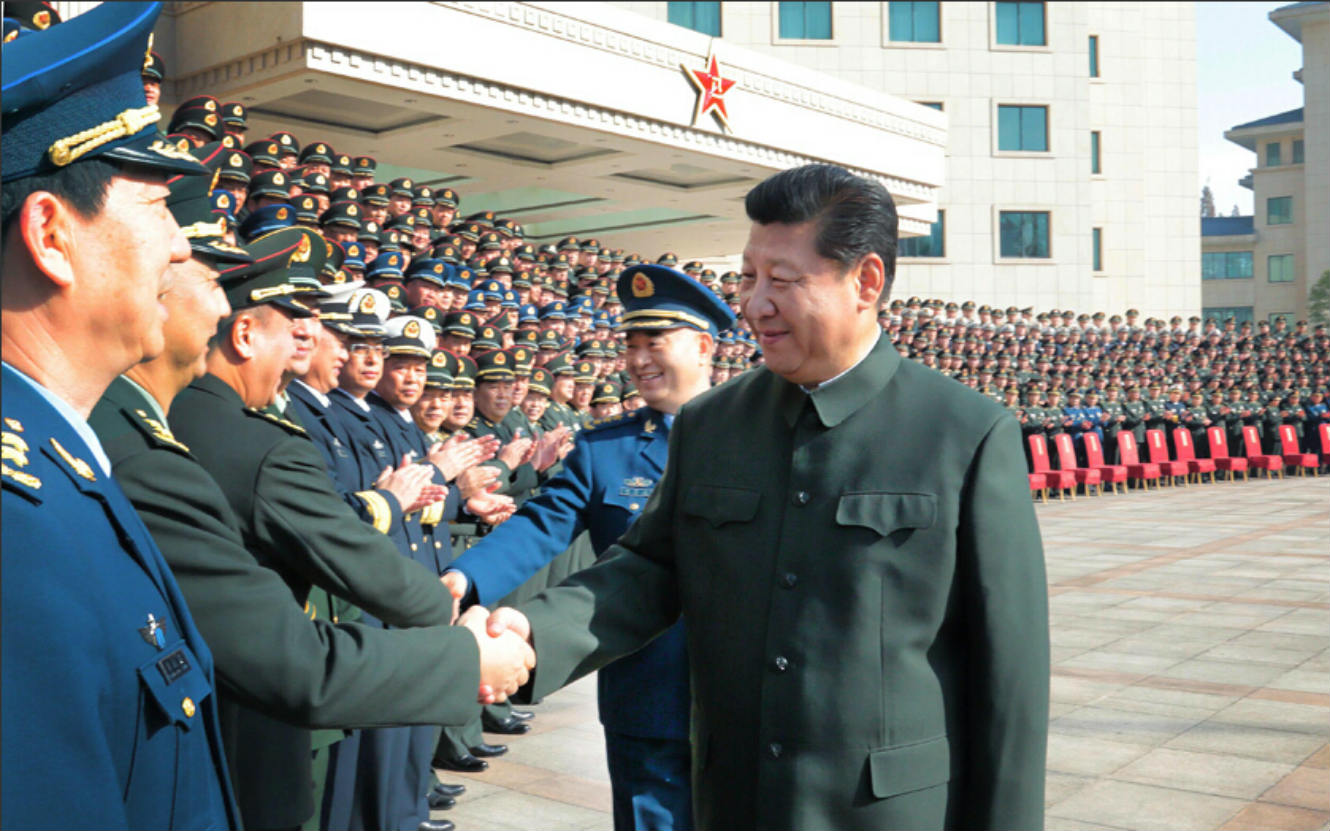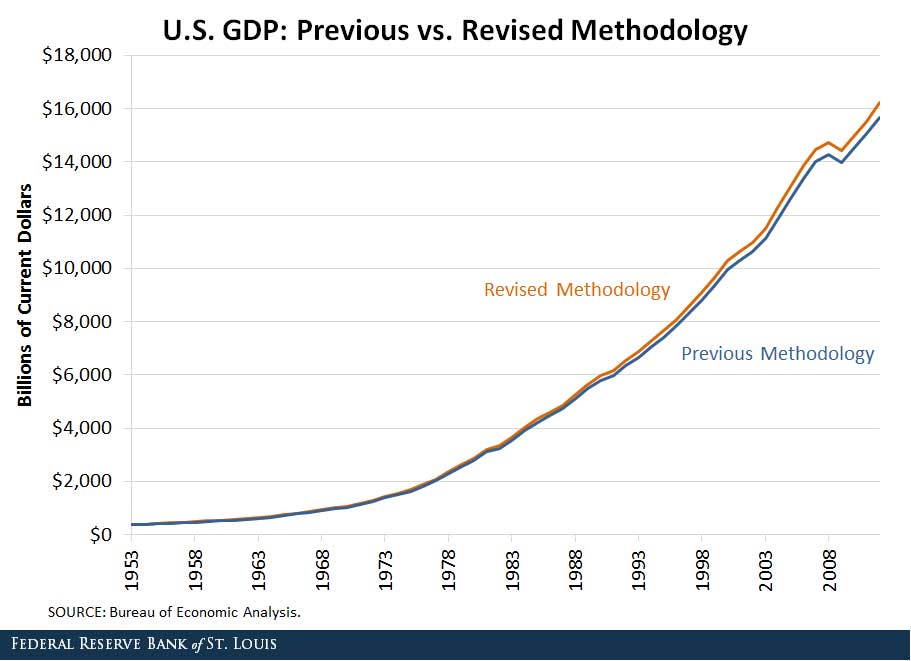DENNIS J. BLASKO
 Both [Iraqi Security Forces’] tactical and institutional performance is improving. They must now be tied together. The big challenge in 2008 will be finding an adequate number of leaders to lead this institution that is large and increasingly capable. We’ve been growing young second lieutenants through the military academies for about three years, but it’s really difficult to grow majors, lieutenant colonels and brigadier generals. It simply can’t be done overnight [emphasis added].
Both [Iraqi Security Forces’] tactical and institutional performance is improving. They must now be tied together. The big challenge in 2008 will be finding an adequate number of leaders to lead this institution that is large and increasingly capable. We’ve been growing young second lieutenants through the military academies for about three years, but it’s really difficult to grow majors, lieutenant colonels and brigadier generals. It simply can’t be done overnight [emphasis added].
Lt. Gen. Martin Dempsey, Statement before the House Armed Services Subcommittee On Oversight and Investigations, June 12, 2007
Over the past year, the Chinese People’s Liberation Army (PLA) started implementing a series of major changes to its national and theater (regional) levels of command, the “institutions” that plan, command, and sustain joint operations. With no modern combat experience in complex combined arms or joint operations and according to conclusions found in their own self-examinations, the maturation of the PLA’s command structure has not kept pace with the new weapons and capabilities that have entered the force over the past two decades. The fundamental factor in building these new headquarters is improving the quality of commanders and staff personnel, a complex process, which as Gen. Dempsey noted, does not happen quickly in any military force.
















